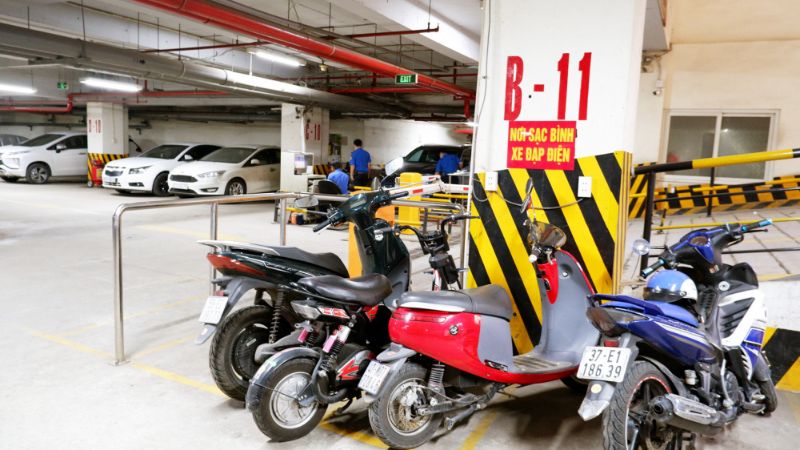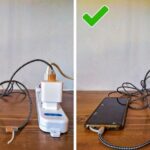1. Understanding the Causes of Fire and Explosions in Electric Vehicles:
# Internal Factors:
– Low-quality or modified electrical components: Using substandard or altered batteries, converters, or chargers can increase the risk of fire.
– Heat generation during charging: Electric vehicle components can generate significant heat during charging, especially if they are of poor quality or have been modified. This heat can lead to a higher risk of fire or explosion.
# External Factors:
– Charging in damp conditions: Moisture can cause electrical shorts and increase the risk of fire.
– Overcrowded charging areas: Inadequate ventilation can lead to overheating and increase the risk of fire.
– Old or damaged charging cables: Aged or physically damaged cables can have compromised insulation, increasing the risk of electrical shorts and fires.
– Prolonged charging: Overcharging your electric vehicle can lead to overheating and potential fire hazards.
2. Nine Safety Tips for Charging Your Electric Vehicle:

– Purchase from reputable brands: Invest in a high-quality electric vehicle from a trusted manufacturer. Avoid cheap, unbranded options to reduce fire risks.
– Charge during off-peak hours: Aim to charge your vehicle between 5 PM and bedtime. Avoid charging continuously for more than eight hours or overnight.
– Choose a safe and well-ventilated charging area: Keep your charging area clear of flammable objects and away from heat sources.
– Follow manufacturer guidelines: Charge your batteries and cells at the recommended voltage levels and only when they are nearly depleted.
– Allow cooling time after use: Wait for at least 20 minutes after riding before charging your vehicle. If you won’t be using your vehicle for a while, store it with a full charge, and remove the battery for storage in a cool, dry place.
– Use genuine chargers: Opt for chargers with an auto-cut feature to prevent overcharging and overheating. Do not charge batteries that show signs of physical damage, such as cracks or bloating.
– Avoid unauthorized modifications: Refrain from altering the vehicle’s structure or adding accessories that may interfere with its electrical system.
– Regular maintenance: Schedule regular maintenance for your battery, cells, and electrical system every three months to identify and replace any faulty components.
– Keep your vehicle and battery dry: After cleaning your vehicle or riding in the rain, ensure you thoroughly dry the battery, brakes, and other electrical components before restarting.

3. What to Do in Case of a Fire:
– Cut the power supply: If you notice any unusual heat, smoke, or fire, immediately disconnect the power supply to your vehicle.
– Evacuate and alert others: Shout or use other means to warn people nearby and ensure they move to a safe distance.
– Contact emergency services: Call the fire department and provide details about the situation, including the fact that it involves an electric vehicle fire.
– Do not attempt to extinguish the fire: Do not try to put out the fire by yourself, especially not with water. Lithium batteries can react violently with water, leading to a more intense fire and potential explosion.
Stay safe, and we hope these tips help you enjoy your electric vehicle with peace of mind!
Should You Travel to South Korea Independently or on a Tour?
Exploring South Korea is more than just discovering a unique culture and indulging in delectable cuisine. It’s an opportunity to experience a remarkable vacation. With Saigontimes Travel’s insightful tips and advice on traveling in South Korea, you can embark on an exciting journey without worrying about expenses.
“The Humble Herring: A Nutritional Powerhouse Offering Omega-3 Rich Benefits for Just 20,000 VND per Kilo”
“In traditional Eastern medicine, tilapia is believed to have a sweet and neutral taste, free from any toxicity. This fish is considered especially beneficial for children who are underweight or anemic, as well as adults. With its mild flavor and tender texture, tilapia is a versatile and nutritious addition to any meal.”



































